Triathlon Performance Health
Triathlon Performance and Health
When it comes to performance in triathlon there are so many factors to look at. Three most common and important ones are training, equipment and nutrition. These are all important things and ones that can be added at all different levels. Nutrition is probably one of the most important things when it comes to training and performance as we obviously can’t function without it. With all the products out there to help make triathlon training and nutrition better, it’s easy to get lost or misguided sometimes. The biggest thing to remember about all these products is that they are an addition to a good foundation. The health and wellness of your body and racing machine doesn’t depend on how many recovery shakes you have or tablets you take. It all starts with a healthy, balanced and well rounded diet for the type of athlete you are and the type of training and work you are doing. From there, you add the nutritional products to support training and aid in recovery. People often lose sight of this and don’t eat meals or time them to be conducive to solid, consistent performance. They continue to eat poorly but take all these products in the hopes of getting better gains. Unfortunately it doesn’t work like that. If you eat a fast food meal and wash it down with a protein shake and amino acids, this still doesn’t make for good fuelling. So look at your weekly food plan and consult with a sport nutrition expert and then implement the nutrition products that will support a healthy lifestyle of eating and training. Then, you will truly get the most out of the products you buy and the training you are doing. Happy (healthy)* eating!

*A donut every now and then won’t kill you #guiltyreward (after proper recovery nutrition has been done of course)
Brent McMahon
Pro Triathlete / Olympian
Victoria, BC






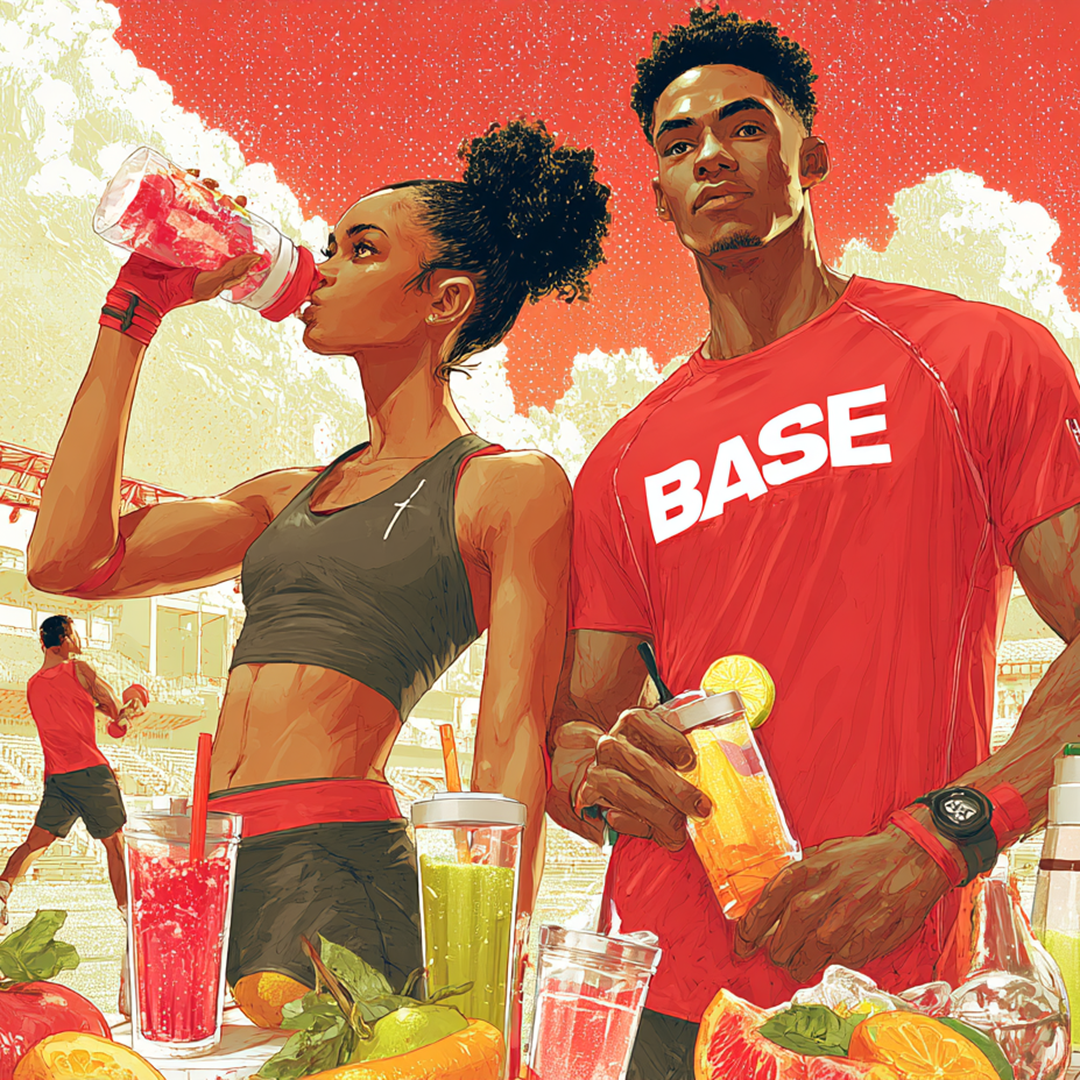
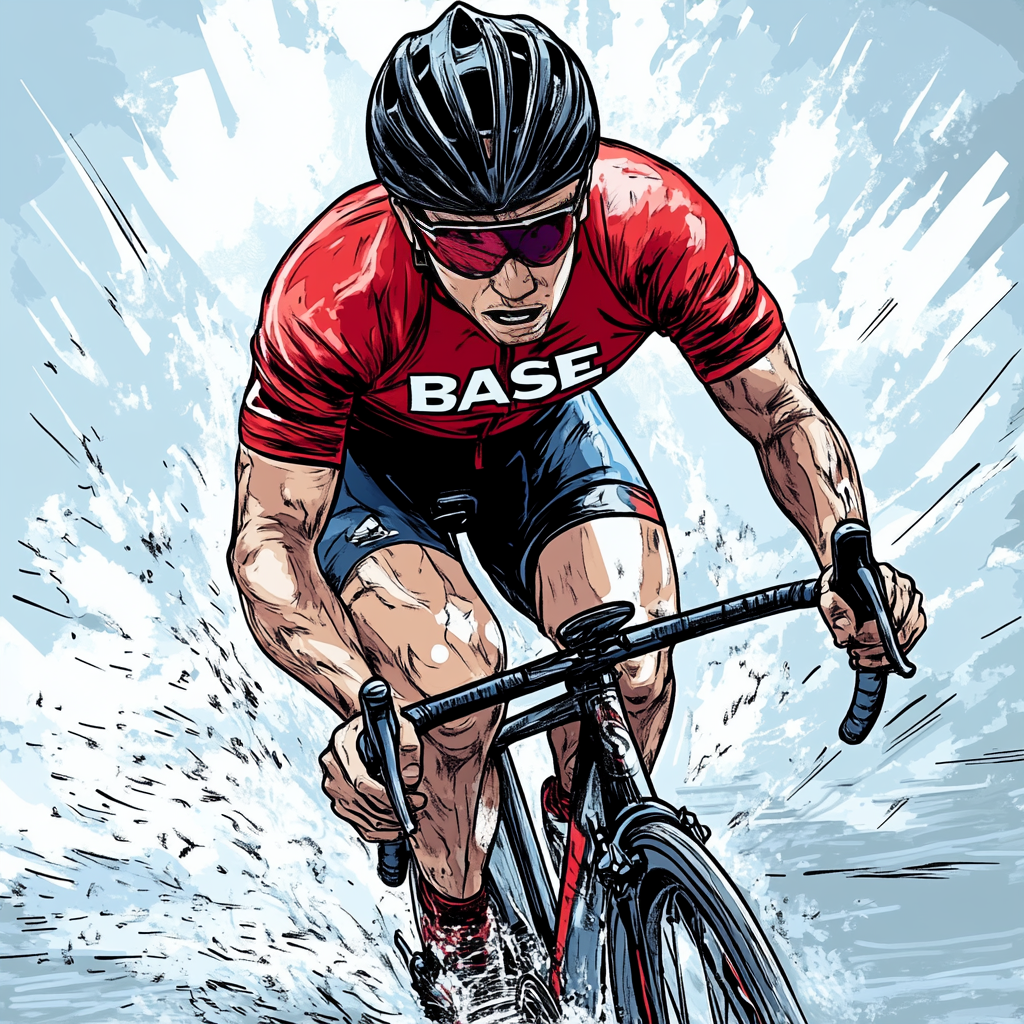

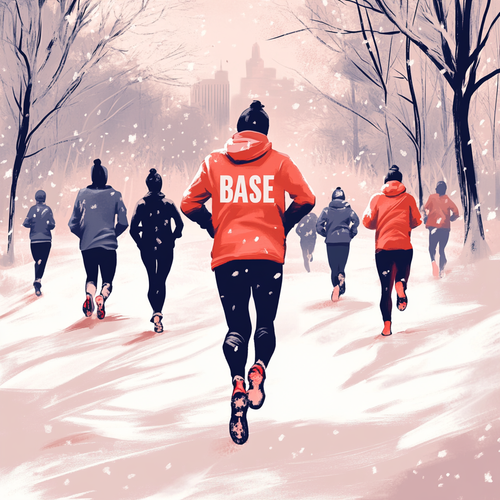
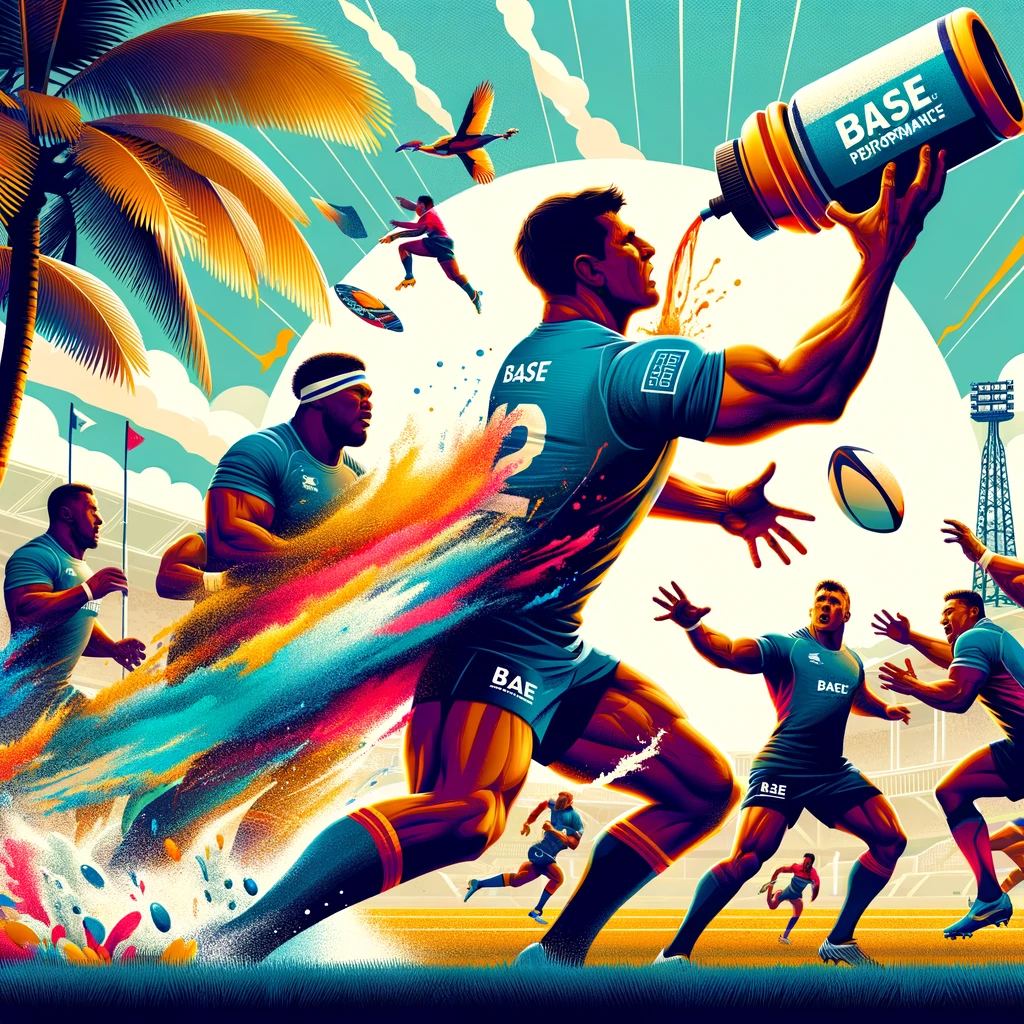


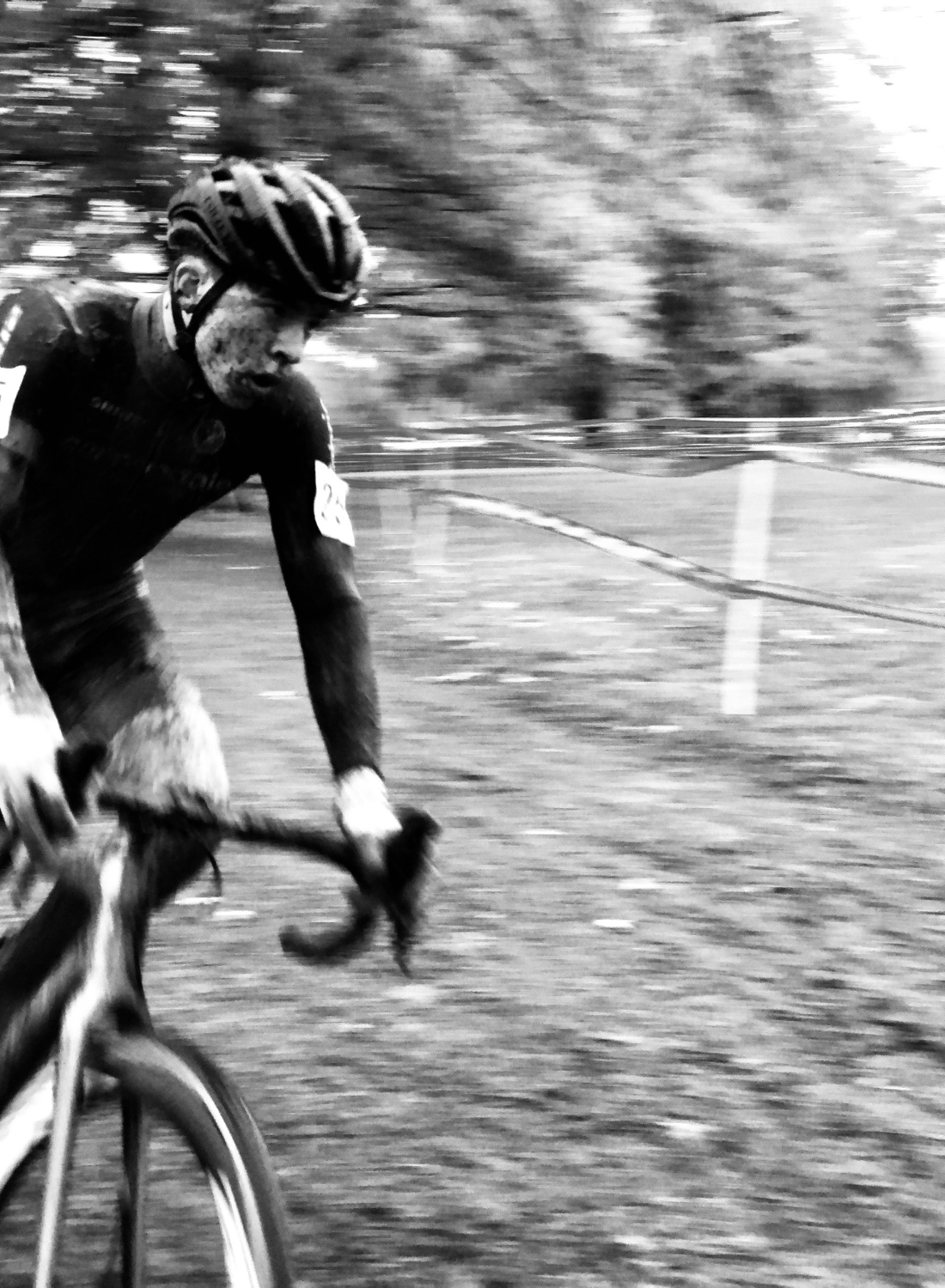











Leave a comment